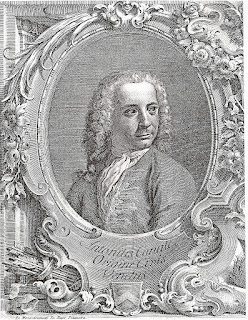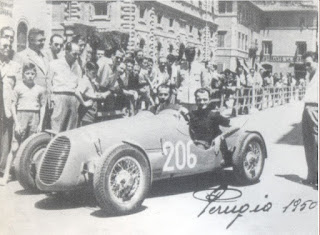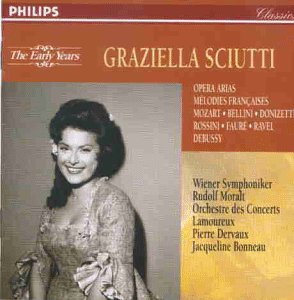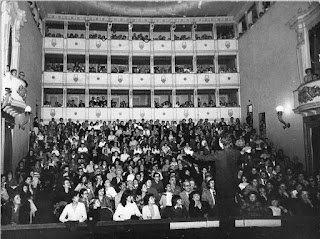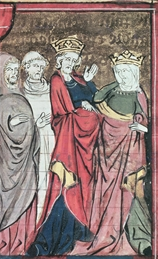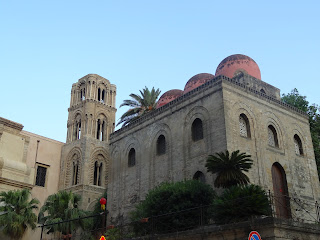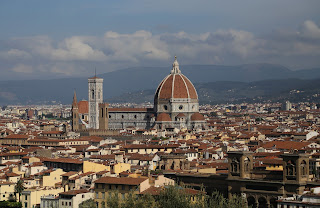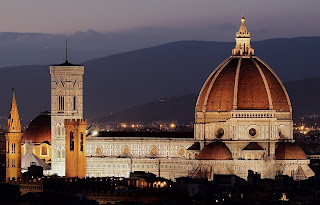Liberal socialist was a major figure in transition to peace in 1945
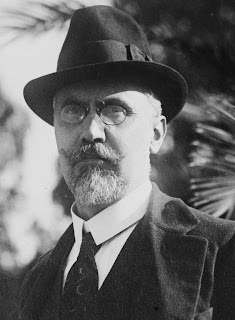 |
| Ivanoe Bonomi was prime minister of Italy on two occasions |
The anti-Fascist politician Ivanoe Bonomi, who served as prime
minister of Italy both before and after the dictator Benito Mussolini was in
power, died on this day in 1951.
He was 77 but still involved with Italian political life as
the first president of the Senate in the new republic, an office he had held
since 1948.
Bonomi had briefly been head of a coalition government in
1921, during which time he was a member of one of Italy’s socialist parties,
but his major influence as an Italian statesman came during Italy’s transition
to peace after the Second World War.
Having stepped away from politics in 1922 following
Mussolini’s March on Rome, he resurfaced almost two decades later when he
became a leading figure in an anti-Fascist movement in 1942. He founded a clandestine anti-Fascist
newspaper and became a member of an elite committee who would meet in the
Seminario Romano, which was owned by the Vatican and therefore considered
neutral territory.
Bonomi was one of a number of political figures who urged
the King, Victor Emmanuel III, to abandon Italy’s alliance with Germany and
remove Mussolini from office. After
Mussolini was arrested in 1943, and by then a member of the Liberal Party, Bonomi became
part of the new government led by Marshal Pietro Badoglio, chairing the
National Liberation Committee.
He was appointed prime minister for a second time, in
succession to Badoglio, in 1944, because he was seen as a moderate and had the
approval of the Allies.
 |
| King Victor Emmanuel III |
His premiership lasted one year, ending when he tended his
resignation in June 1945 after the liberation of northern Italy from the
Germans, two months after Mussolini, who had been freed from house arrest in
the Gran Sasso raid, was executed by Italian partisans.
Bonomi remained a key figure on the path to peace, however,
as one of three Italian negotiators at the talks that led to the 1947 Paris
Peace Treaty.
Born in Mantua in 1873, Bonomi obtained degrees in natural
sciences and law and after a short period in teaching he turned to journalism, writing
for the socialist newspaper Avanti and other left-leaning publications.
He joined the Italian Socialist Party and was elected to the Chamber of Deputies in 1909, representing Mantua, yet he was expelled
from the party in 1912, partly because he was an advocate of reform and
moderation, but mainly because of his support for the Italian invasion of
Libya, which he hoped would create new economic opportunities for Italians and
stem the migration to North America and other European nations.
Bonomi then joined the Italian Reformist Socialist Party, and
supported Italy's participation in the First World War on the side of the
Triple Entente. He volunteered for the
army.
He entered government as minister of public works from 1916
until 1917 under the Liberal prime minister Paolo Boselli and was minister of war
in the government led by the Radical Party's Francesco Nitti and the Liberal Giovanni
Giolitti from 1920 until 1921, helping to negotiate a treaty with Yugoslavia
via the Treaty of Rapallo.
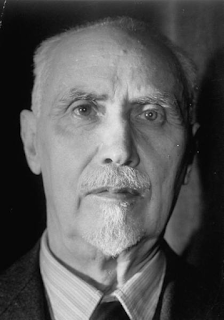 |
| Bonomi's moderate views made him an acceptable post-War prime minister |
After becoming treasury minister under Giolitti, he became
prime minister of Italy for the first time – the first socialist to hold the
post – in a coalition government, although the grouping collapsed after seven
months and he was replaced Luigi Facta, another Liberal and the last prime
minister before the Fascist insurgency seized power.
Unable to prevent the rise of Fascism and amid an atmosphere
in which opponents of Mussolini were subjected to intimidation and sometimes
violent attacks, Bonomi chose to withdraw from public life and concentrate on
historical studies.
He attracted criticism for appearing to be a weak figure at
the time but risked his own safety by joining forces with other opponents of
Fascism during the war, narrowly escaping arrest when a Fascist military unit
raided the Seminario Romano, in violation of Germany’s purported respect for
the sovereignty of the Holy See. Bonomi
was among 110 anti-Fascists who were inside the seminary. Most escaped,
although 18 were captured.
 |
| The Palazzo della Ragione in Piazza delle Erbe in Mantua |
Travel tip:
Mantua has been made effectively safe ever from being spoilt by progress by the three artificial lakes created almost 1,000 years ago that form a giant defensive moat around the Lombardy city. It means that little has changed about Mantua in centuries, its dimensions and its population remaining almost constant. Italians refer to it as La Bella Addormentata – the Sleeping Beauty. It’s architecture is the legacy of the Gonzaga family, who ruled the city for 400 years and built the Palazzo Ducale – Ducal Palace – which is not so much a palace as a small town, comprising a castle, a basilica, several courtyards, galleries and gardens. At the centre of the town, life revolves around Piazza delle Erbe, an old marketplace with arched porticoes, fashion shops and lively bars, and Piazza Sordello, with grand palaces and a white marble Baroque cathedral.
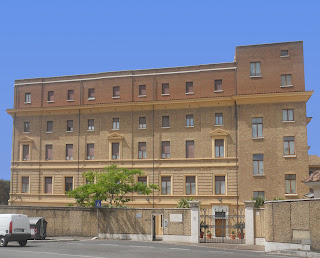 |
| The Seminario Romano provided shelter for anti-Fascists |
Travel tip:
The creation of a seminary in Rome for the education of priests was promoted by Pope Pius IV and Cardinal Carlo Borromeo, his nephew. The Seminario Romano, in Piazza di San Giovanni in Laterano, was housed in several buildings until 1607, when it was moved to a palace belonging to the Gabrielli family. In 1824 Pope Leo XII assigned the building to the reconstituted Jesuit Order and it is now a residence for Jesuit priests and brothers studying for advanced academic degrees.
How Mussolini had his own son-in-law executed
The Fascist thugs who murdered socialist politician Giacomo Matteotti
Alcide de Gasperi - the prime minister who rebuilt Italy
1949: The birth of politician Massimo d'Alema, Italy's first communist prime minister
More reading:
How Mussolini had his own son-in-law executed
The Fascist thugs who murdered socialist politician Giacomo Matteotti
Alcide de Gasperi - the prime minister who rebuilt Italy
Also on this day:
1949: The birth of politician Massimo d'Alema, Italy's first communist prime minister
